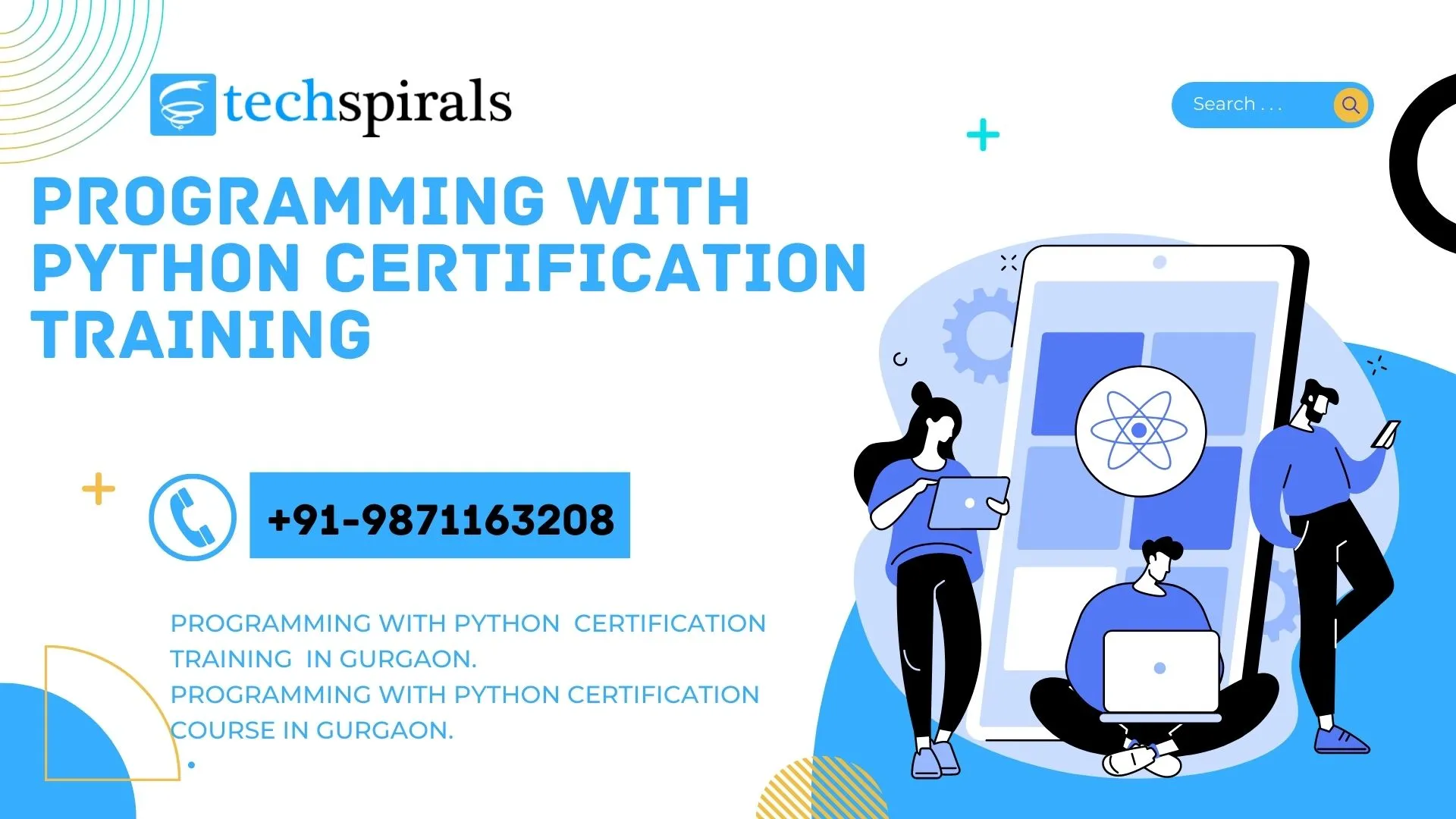Introduction to the Basics of Azure
The Python programming language's foundations are covered in the introductory course Introduction to the Basics of Python. The goal of the course is to provide students a thorough grasp of Python, covering the language's syntax, data structures, and key libraries. The goal of the course is to provide students a strong foundation in Python so they can build straightforward programmes, do data analysis, and automate repetitive processes. The course covers a variety of topics, including as variables, data types, conditional expressions, loops, and functions. The fundamentals of object-oriented programming are also covered, as well as how to use a variety of libraries including NumPy, Pandas, and Matplotlib.
Skills you will learn
- Understanding of Python syntax and basic data types
- Ability to use control statements (e.g. if-else statements, for/while loops) to control the flow of a program
- Knowledge of basic Python data structures, such as lists, dictionaries, and tuples
- Understanding of functions and object-oriented programming concepts
- Ability to perform basic data analysis using popular Python libraries such as NumPy, Pandas, and Matplotlib
- Understanding of how to use Python for basic automation tasks
- Ability to write, debug and run simple Python programs
Syllabus
- Introduction to Python
- Overview of the Python programming language
- Setting up the development environment
- Understanding the basics of programming
- Python Syntax and Basic Data Types
- Variables and data types (e.g. integers, floats, strings)
- Operators (e.g. arithmetic, logical, comparison)
- Basic input and output
- Control Statements
- if-else statements
- for/while loops
- Understanding the use of control statements for program flow
- Data Structures
- Lists
- Dictionaries
- Tuples
- Understanding how to use data structures to store and manipulate data
- Functions and Object-Oriented Programming
- Creating and using functions
- Understanding the basics of object-oriented programming
- Defining classes and objects
- NumPy, Pandas, and Matplotlib
- Introduction to NumPy and its use in numerical computing
- Understanding the basics of Pandas and its use in data analysis
- Introduction to Matplotlib and its use for data visualization
- Automation with Python
- Understanding how to use Python for basic automation tasks
- Overview of libraries such as Selenium and Beautiful Soup for web scraping and automation
- Conclusion and Next Steps
- Review of the course material
- Discussion of next steps and further learning opportunities
Reason to join techspirals:
- Future-proof your career: Keeping up with the newest technical advancements is essential to keeping ahead in your work given the always changing technological world. You can develop in-demand skills and keep on top of trends by joining Tech Spiral.
- Learn from the best You will receive top-notch guidance from qualified experts thanks to Tech Spiral's careful selection of its industry-related instructors. You'll be receiving instruction from professionals who have first-hand knowledge of the ins and outs of the industry.
- Get hands-on experience: Tech Spiral's courses are designed with practical learning in mind. You'll get to work on real-life projects, solve real-world problems, and gain hands-on experience that you can apply to your career.
- Connect with like-minded individuals: Obtain practical experience The courses offered by Tech Spiral are created with practical learning in mind. You'll have the opportunity to work on real-world projects, address real-world issues, and obtain practical experience you can use in your future.
A flexible learning experience: Tech Spiral offers a flexible learning experience, allowing you to balance your education with your work and other life commitments. You can choose from a variety of courses and programs and learn at your own pace.

